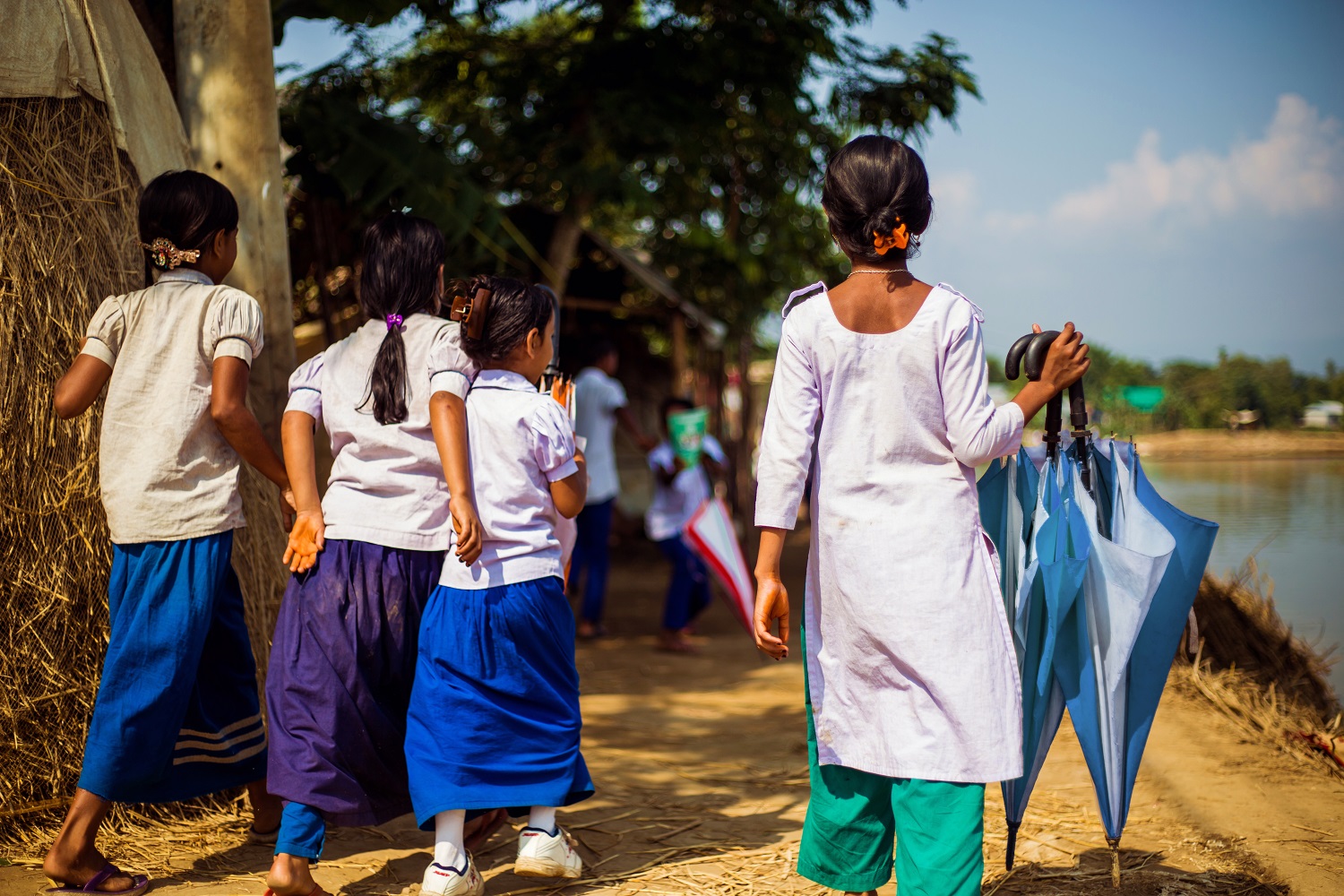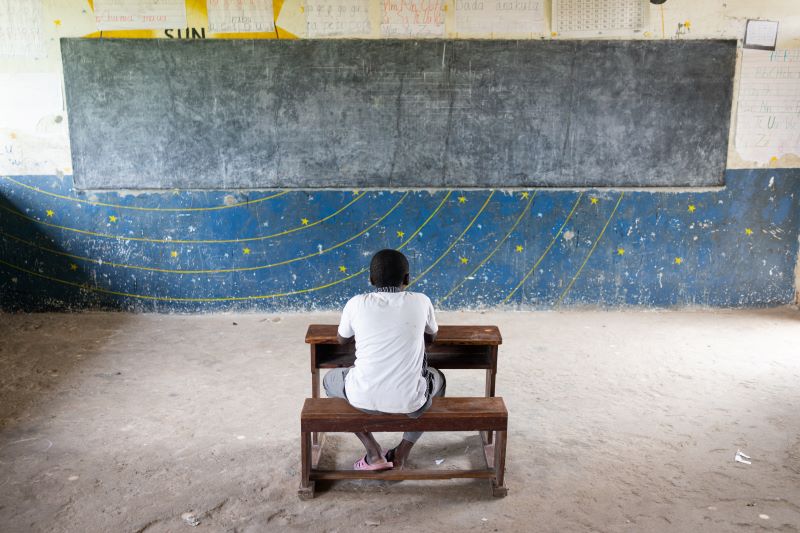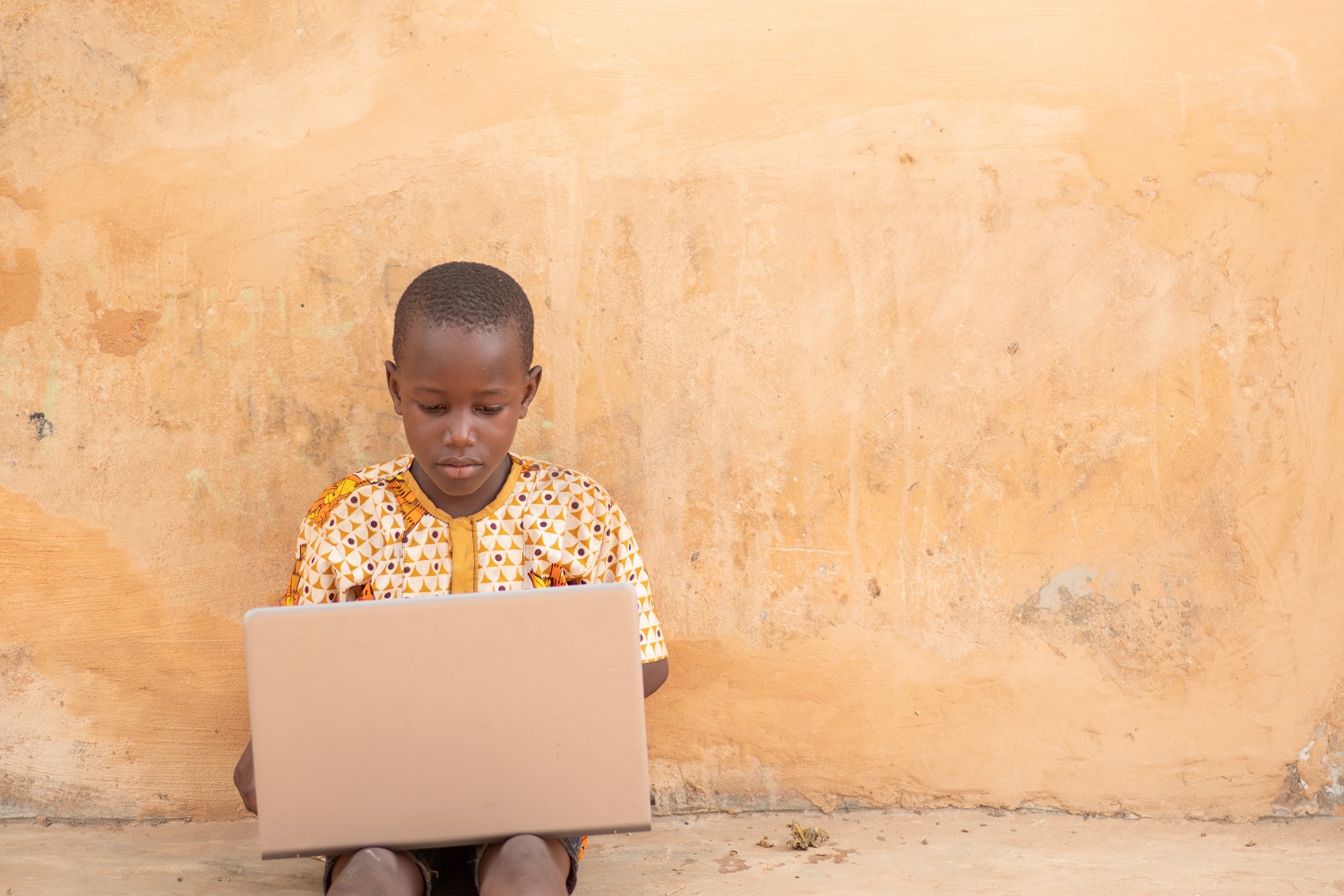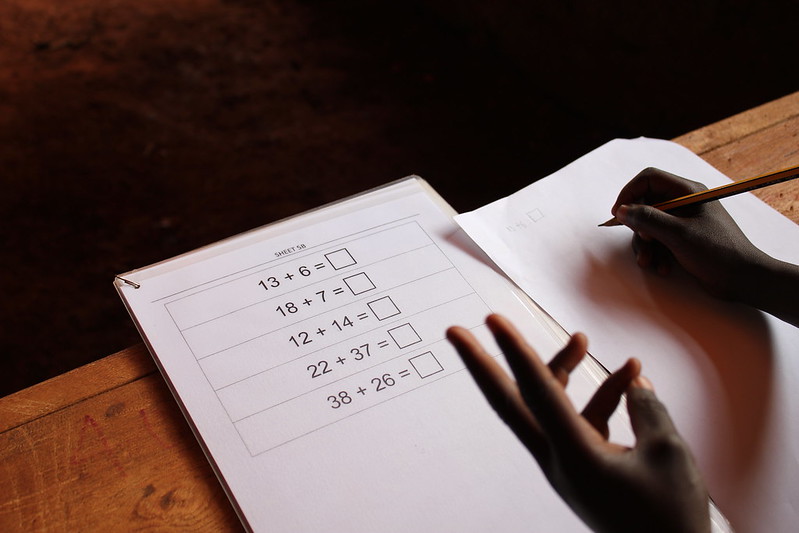Recommended
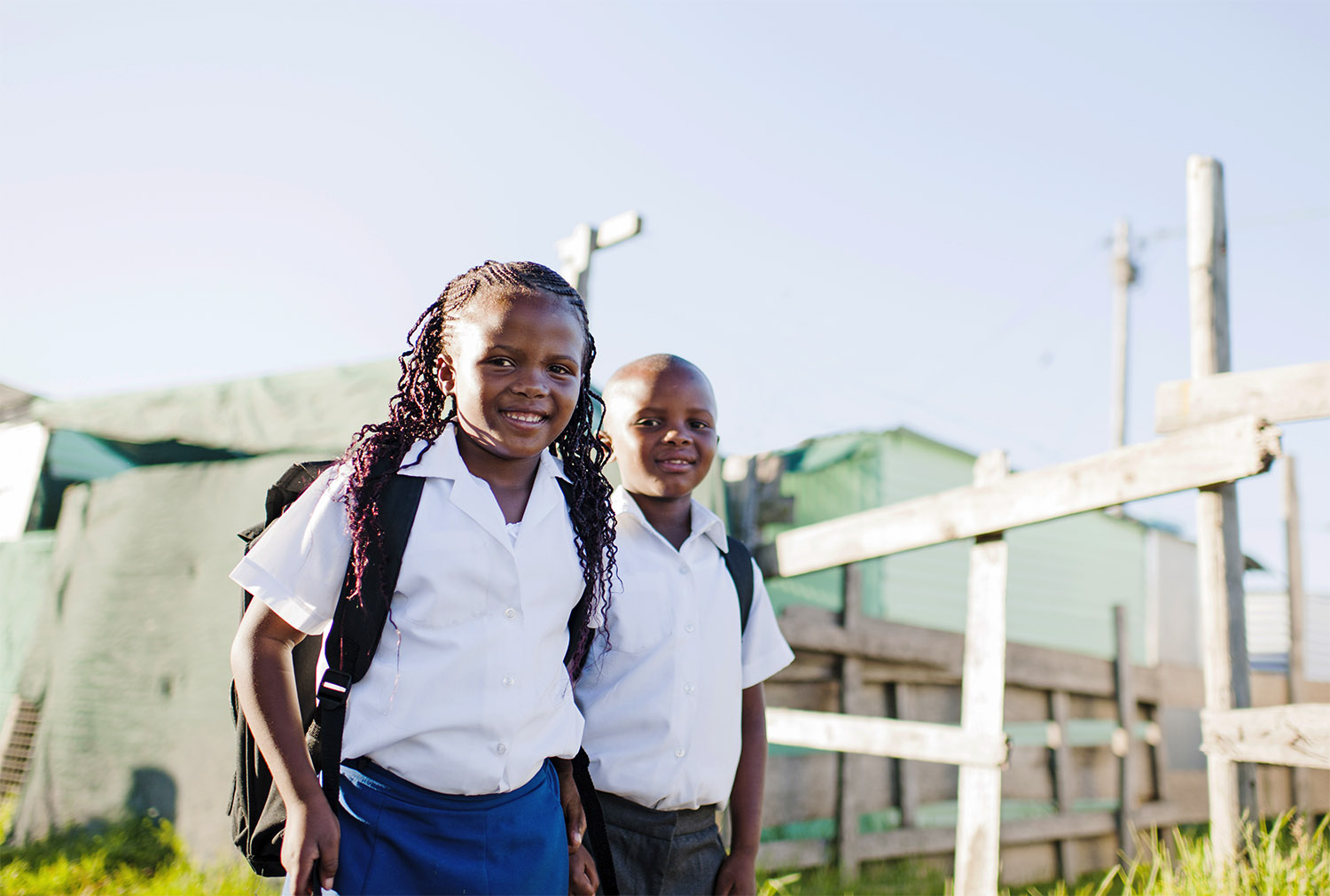
REPORTS
The House Foreign Affairs Committee recently advanced the Global Learning Loss Assessment Act. This bipartisan, bicameral legislation shines a light on the critical issue of learning loss—and the impacts of disrupted education more broadly—as schools around the world closed due to the COVID-19 pandemic. If passed, the bill would direct the US Agency for International Development (USAID) to report on the ways the pandemic is affecting basic education around the world, especially for the most marginalized children, and identify opportunities for the agency and its partners to respond.
CGD’s education program has been tracking the effects of the pandemic on global education since countries started debating school closures more than a year ago. While there is still little concrete evidence on how school closures have affected learning—especially from low-income countries—where we do have evidence, we know that learning levels have gone down more for children who were already disadvantaged before COVID-19. Here’s a quick overview of the evidence to date—and why it’s important that lawmakers (and USAID) are casting a watchful eye on global learning and inequality.
COVID-19 and learning loss: What we know
We still know very little about the effects of school closures on learning loss in low- and middle-income countries but, as our colleagues have pointed out, evidence from wealthier countries shows that closures are increasing inequality. Studies from England, the United States, the Netherlands, and Belgium show declines in student performance over the period of COVID-19 school closures and confirm growing fears that these declines have been bigger for disadvantaged children. For example, in the Netherlands, students from less-educated homes have experienced learning losses up to 60 percent larger than students from more-educated homes. The study from England identifies a “disadvantage gap” equivalent to seven months of progress in both reading and math. Even in a non-crisis year, the loss of learning that occurs when schools close for the summer disproportionately affects disadvantaged children, as ample evidence from high-income countries and more limited evidence from low-income countries shows.
While we lack data on learning loss for students in lower-income countries, there is a great deal of evidence that the pandemic has profoundly disrupted schooling and that it’s likely to be affecting the most marginalized students the most.
Our colleagues recently found that many children have had just a few weeks of in-school instruction in the last year. While that was true of students around the world, that lost time represents a greater loss in countries where children get less lifetime schooling. In some low-income countries, the schooling time lost to the pandemic amounts to nearly one sixth of all of the schooling they’re likely to get in their lifetimes. And there is evidence from previous crises that time away from school can lead to learning losses that leave students behind where they should be for months or years and even increase the chance of future drop-out.
Many low-income families in sub-Saharan Africa and South Asia enroll their children in low-cost private schools, but these schools have been hit particularly hard by the pandemic. Some have been unable to sustain their teaching workforce during closures, or even closed permanently. The consequences of protracted or permanent private school closures could mean many more students return to public schools, contributing to overcrowding.
While many countries quickly put in place distance learning programs that have helped ensure some continuity of learning, the research indicates there are real limits to education technology, and the evidence shows that poorer children are more likely to be disengaged from learning activities during school closures. Technological alternatives work better as a complement to teachers, helping support them to teach more effectively, but the pandemic has made that balance challenging.(CGD has been evaluating distance learning programs for children in Sierra Leone—new research is forthcoming.)
The Global Learning Loss Assessment Act highlights a number of other ways vulnerable children have been affected by school closures. CGD (and other researchers) have found that school closures lead to worse nutrition without school feeding programs, gaps in childcare, exposure to violence at home, and unique burdens on girls and increased vulnerability to gender-based violence. Meanwhile, a growing education financing gap means many country governments will have limited resources available with which to address these challenges. And the poorest households are more likely to have lost income during the pandemic—making them less able to bear the costs of schooling themselves.
But the available evidence remains limited
There have been warning bells about learning loss and rising inequality since the start of the pandemic—and past experience, anecdotal evidence, and emerging data all suggest there is good reason to worry. But donors and policymakers need more empirical evidence to help understand what's ahead as schools begin to reopen. CGD is tracking countries’ re-openings and in many parts of the world it is too soon to say which students have returned and which haven’t. Our colleagues have found some alarming early reports on re-enrolment, with the caution that almost no systematic data exists. And in some places, re-enrolment news appears more encouraging.
Importantly, researchers are beginning to accumulate evidence on interventions that have stemmed learning loss during the pandemic, which—if well documented—can inform the response to a future crisis.
There are solutions: Remedial learning programs can work
Even with the gaps in our knowledge, there is evidence of programs that work to guide governments as they reopen schools and try to ensure students catch up.
Our colleagues compiled an evidence kit for school reopening based on a review of all the available rigorous evidence on recovering learning loss. According to a UNESCO survey, most countries have plans to implement remedial learning programs. Studies from Ethiopia and Ghana show accelerated learning programs can have a positive impact on learning, especially for those furthest behind. The evidence kit also points to specific features that may make these programs more effective, including support for teachers to develop the new skills they need to help children catch up on learning and care for their wellbeing and ways to engage parents to support learning.
A number of countries are also modifying school calendars to make up lost learning time, as we find in our tracker. While there is limited evidence about this approach, one study—from the US—found that modifying the calendar to reduce summer learning loss had modest effects overall but more positive effects for low-income children.
But context-specific data is still needed to design the best response
The global data and projections of the impacts of learning loss that we have—and could gain from the Global Learning Loss Assessment Act—are useful in defining the scale of the challenge ahead. But that’s just a start: to make the best decisions, developing country governments will also need context-specific evidence to help them prioritize scarce resources.
CGD is partnering with several research organizations from lower- and middle-income countries to generate policy-relevant analysis of the impacts of COVID-19 on education in their countries. Our partners in Kenya, Malawi, Ghana and Senegal will soon launch research projects to determine who hasn’t re-enrolled, why not, and what interventions are being implemented to recover learning loss.
Even as the United States and international community work to bring COVID-19 under control, we’ll still faced with addressing the economic and social effects of the virus, including the disruptions to education. To ensure that all kids catch up on the learning they missed—especially the most marginalized—it will be vital to build a robust understanding of how learning around the world has been affected by the pandemic, and identify the most effective interventions to help students get back on track. It's encouraging to see Congress pursuing legislation that would help do just that.
Disclaimer
CGD blog posts reflect the views of the authors, drawing on prior research and experience in their areas of expertise. CGD is a nonpartisan, independent organization and does not take institutional positions.


